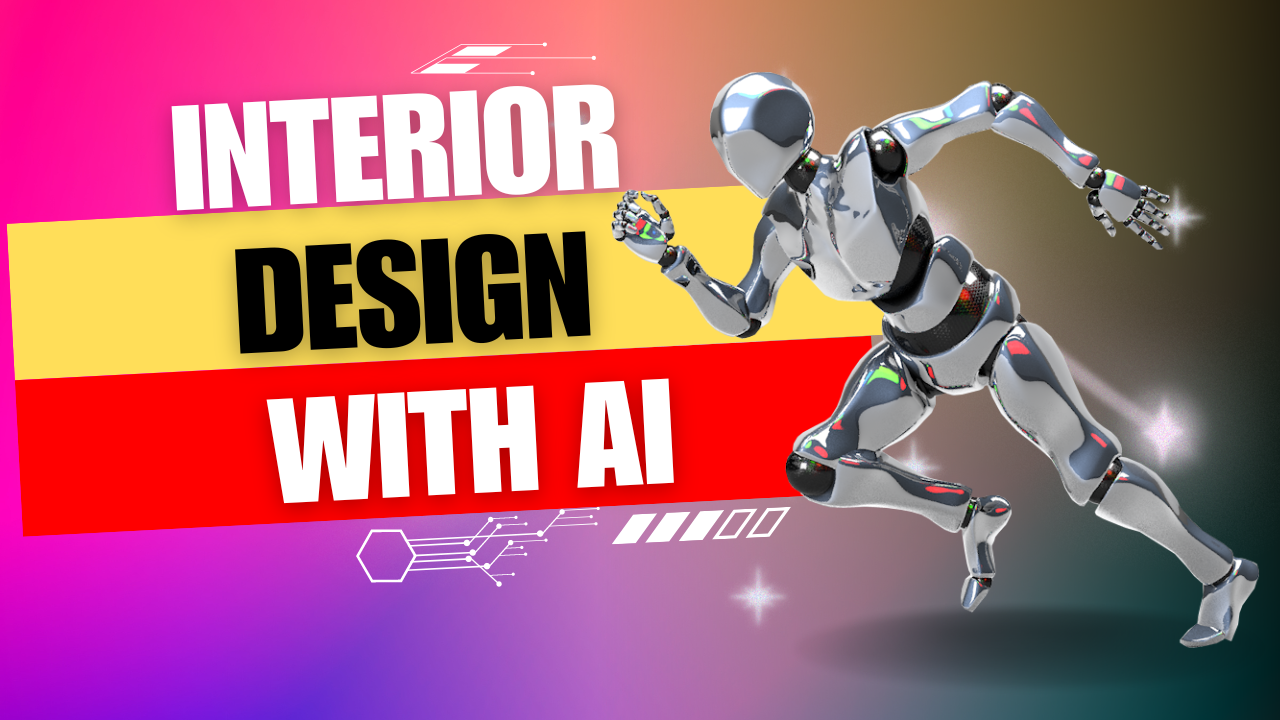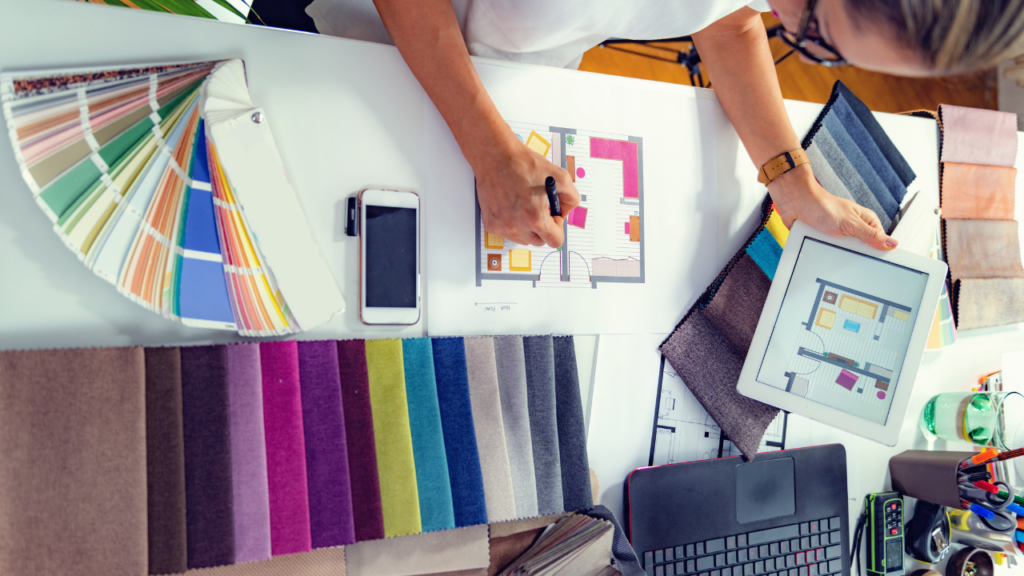
What interior design include..
- PUBLISHED BY : Staadil
- PUBLISHED ON : May 27 2024
- PUBLISHED IN : Interior design blog

Introduction
Interior design is a multifaceted field that involves much more than just choosing colors and furniture. It’s about creating spaces that are both functional and aesthetically pleasing, tailored to the needs and preferences of the people who use them. Whether you’re planning a complete home renovation or just looking to refresh a single room, understanding what interior design includes can help you achieve the best results. Here’s a comprehensive guide to know What interior design includes
The core elements of Interior design
1. Space Planning
Space planning is the foundation of interior design. It involves creating a plan that balances the available space with the functional needs of the occupants. This includes determining the layout of furniture, the flow of movement within the space, and the allocation of space for different activities. Effective space planning ensures that every inch of space is utilized efficiently, enhancing both functionality and aesthetics.
2. Color Schemes
Color is one of the most powerful tools in interior design. It can influence mood, create illusions of space, and tie different elements of a room together. Understanding color theory and the impact of different hues is crucial in creating a cohesive and harmonious design. For instance, warm colors like red and orange can create a cozy atmosphere, while cool colors like blue and green can make a space feel calm and spacious.
3. Lighting
Lighting is essential in interior design, affecting both the functionality and aesthetics of a space. It includes natural lighting, artificial lighting, and accent lighting. Effective lighting design can highlight architectural features, create ambiance, and improve the overall usability of a space. Layered lighting, combining ambient, task, and accent lighting, ensures that a space is well-lit and versatile.
4. Furniture Selection
Choosing the right furniture is vital for both comfort and style. Furniture should be selected based on the room’s purpose, size, and design theme. It’s not just about choosing pieces that look good, but also ensuring they are functional and appropriately scaled for the space. Quality and comfort are essential considerations, as well as ensuring that the furniture complements the overall design.
5. Textures and Materials
The use of different textures and materials can add depth and interest to a space. Combining smooth, rough, shiny, and matte surfaces can create a dynamic and engaging environment. Materials should be chosen based on both aesthetic and practical considerations, such as durability and maintenance. For example, incorporating natural materials like wood and stone can bring warmth and a touch of nature into a space.
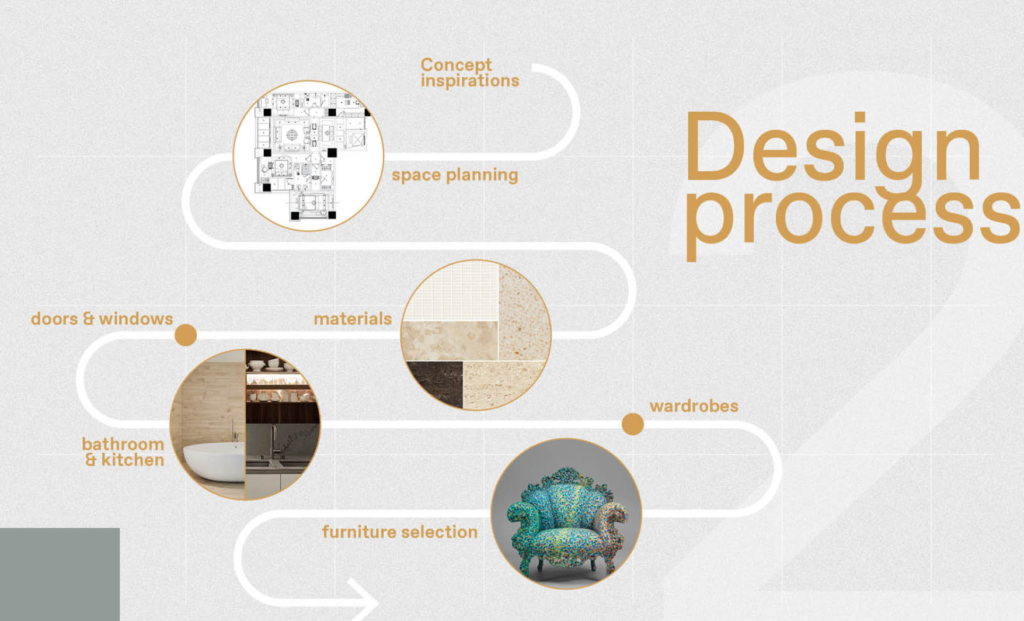
6. Patterns
Patterns can bring personality and life to a space. Whether through fabrics, wallpapers, or rugs, patterns should complement the overall design and not overwhelm the space. Balancing patterns with solid colors and varying their scale can help create a cohesive look. Patterns can be used to draw attention to specific areas or to add a playful element to the design.
7. Accessories and Decor
Accessories and decor items are the finishing touches that personalize a space. This includes artwork, plants, cushions, and other decorative objects. These items should reflect the occupants’ personality and tie into the overall design theme. Thoughtfully chosen accessories can add color, texture, and interest, making a space feel complete and lived-in.
8. Functionality
Functionality is at the heart of good interior design. Every element should serve a purpose and contribute to the overall usability of the space. This involves considering the needs of the occupants and ensuring that the design facilitates their daily activities. A well-designed space should be practical, comfortable, and suited to the lifestyle of its users.
9. Ergonomics
Ergonomics is the science of designing spaces and products to fit the people who use them. In interior design, this means creating environments that are comfortable and efficient to use, reducing strain and enhancing the quality of life. Ergonomic design principles can be applied to furniture, layout, and even the selection of materials and finishes.
10. Sustainability
Sustainable design is becoming increasingly important in interior design. This includes using eco-friendly materials, energy-efficient lighting, and designing for long-term use. Sustainable design practices not only help the environment but can also create healthier living spaces. Incorporating elements like natural lighting, proper ventilation, and sustainable materials can improve indoor air quality and overall well-being.
The process of interior design
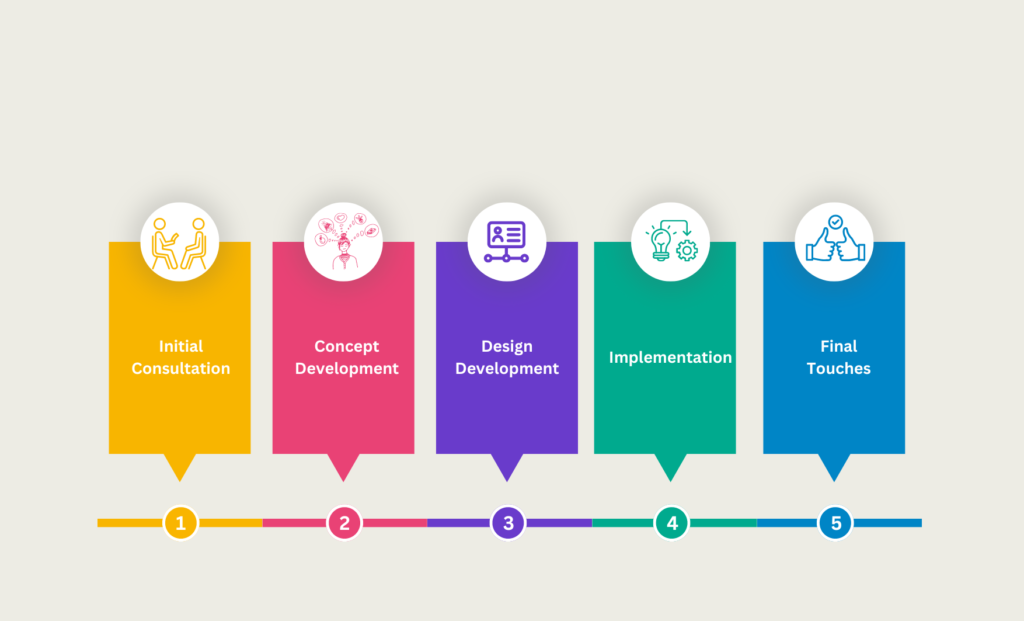
Initial Consultation
The process begins with an initial consultation between the designer and the client. This meeting helps establish the client’s needs, preferences, budget, and the scope of the project. Understanding the client’s vision and requirements is crucial for a successful design outcome.
Concept Development
Based on the initial consultation, the designer creates a concept for the space. This includes mood boards, sketches, and preliminary plans that outline the design direction. The concept phase is where the overall style and feel of the space are defined, ensuring alignment with the client’s vision.
Design Development
In this phase, the concept is developed into a more detailed plan. This includes selecting materials, finishes, and furnishings, as well as creating detailed drawings and specifications. Design development involves refining the design, addressing any challenges, and ensuring that all elements work together harmoniously.
Implementation
Once the design is finalized, the implementation phase begins. This involves coordinating with contractors, overseeing the construction or renovation work, and ensuring that everything is executed according to the design plan. Effective project management is essential during this phase to keep the project on track and within budget.
Final Touches
The final touches involve adding the accessories and decor items that complete the space. This is when the designer ensures that every detail is perfect and the space is ready for occupancy. Final touches bring the design to life, adding personality and charm to the finished space.
Conclusion
Interior design is a complex and rewarding field that goes beyond aesthetics. It involves careful planning and consideration of various elements to create spaces that are both beautiful and functional. Whether you’re designing a home or a commercial space, understanding what interior design includes will help you achieve a successful result. By focusing on space planning, color schemes, lighting, furniture, and other key elements, you can create interiors that are not only visually appealing but also tailored to the needs of their occupants. This the complete guide on What interior design includes
Frequently Asked Questions
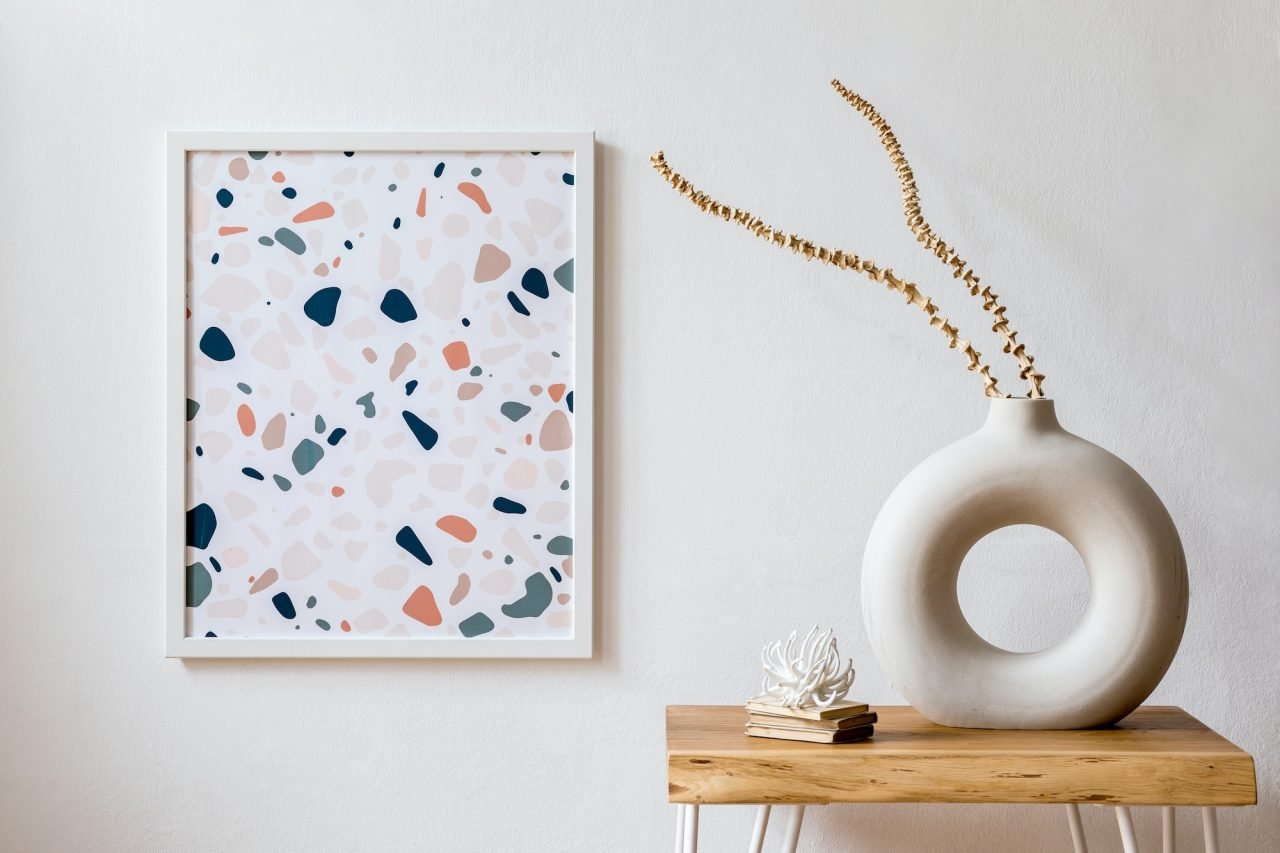
when designing a space, there are seven elements that you should consider: space, form, line, light, colour pattern and texture.
Interior design involves almost all visual elements of a room – flooring, ceiling, walls, furniture, lights, upholstery, doors, windows, electronic items and accessories. Additionally, it also involves hidden elements such as electric wiring, plumbing, cement and plaster, and hardware
Interior designers make indoor spaces functional, safe, and beautiful by determining space requirements and selecting essential and decorative items, such as colors, lighting, and materials. They must be able to draw, read, and edit blueprints.
This is best defined as a comprehensive service that includes in-person design, purchasing, project management and installation. The interior designer handles the entire project, from initial concept to finishing touches, whether it's new construction, renovation or remodeling.
Current trends include sustainable materials, biophilic design (incorporating natural elements), and multifunctional spaces that adapt to different uses.


